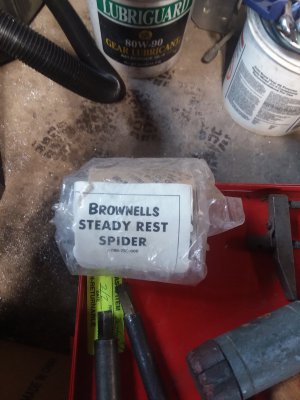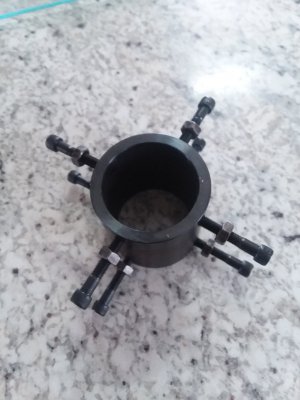- Joined
- Oct 31, 2016
- Messages
- 2,721
I have been reading everything that I can find on chambering between centers. I came across a post where the poster had made a dead center to precisely fit in the spindle bore and held by the spider. I don't know how long it was. He used it when the barrel was too short to extend out of the spindle and into the spider. What was even more interesting was that with the muzzle in the dead center he then dialed in the chamber end of the barrel. That is a variation of chambering through the headstock that I had never read about before. Gets you to wondering about just how necessary it is to dial in both ends of the barrel.



